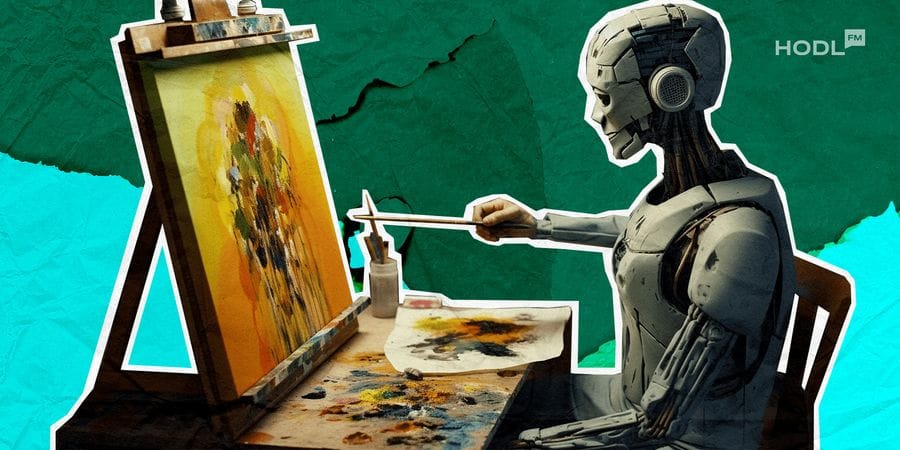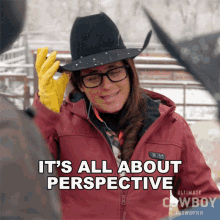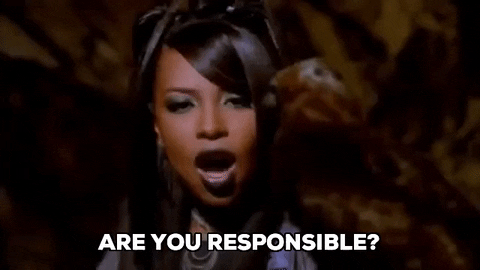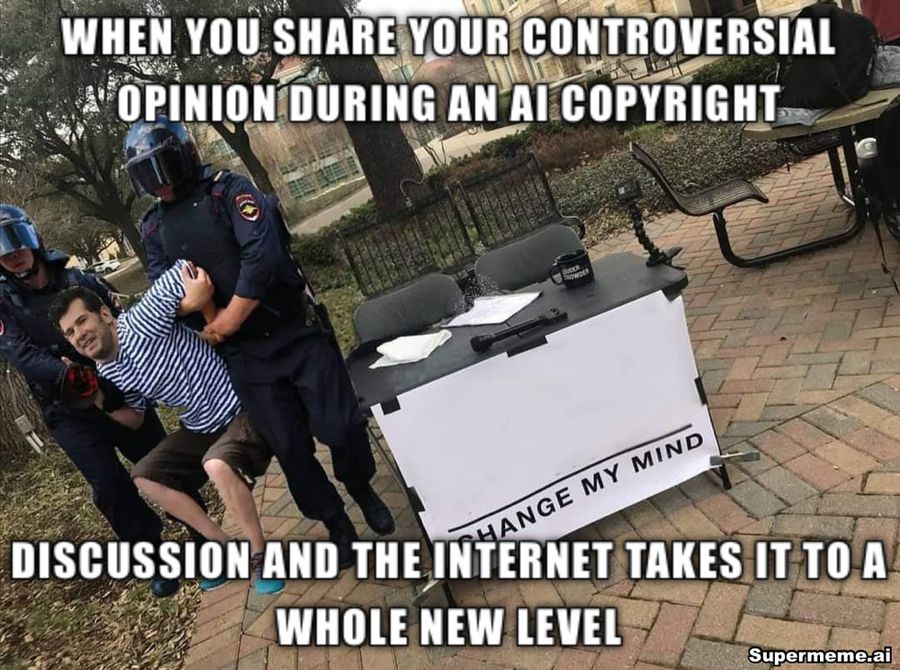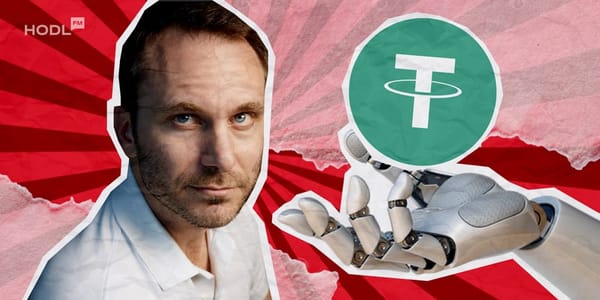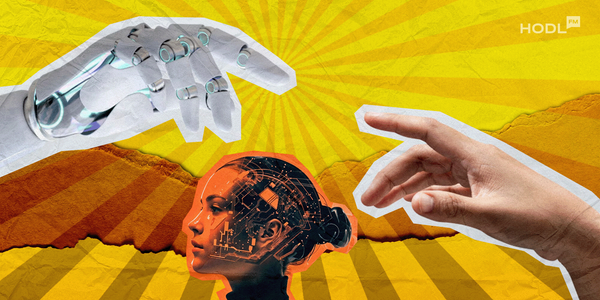Artificial Intelligence (AI) has slowly shifted from “the next big thing” to something that even fifth graders use on a regular basis. We haven’t even had enough time to realize WHAT actually became available to us. People have been so excited to use the new AI models that they seem to have forgotten about a couple of important things, kind of assuming those have been taken care of. Well guess what? They haven’t.
More info: Top 8 AI Startups to Watch in 2024
Intellectual property protection and copyright are the two particular things that come to my mind when I think of something that I wouldn’t bother double-checking when I first used Chat GPT, for instance. Because who cares? It’s so cool to have something creative produced by a piece of code! It talks to you, gives advice, suggests things that you would never think of… But then, all these copyright challenges and intellectual property issues are becoming known to the public, with a few loud cases and plenty of expert discussions. All of a sudden, you stop perceiving AI models as a piece of code that generates new things. You now understand that it actually synthesizes the information from whatever that has been fed to it by its developers. Sometimes, the results of such synthesis are obscenely close to the original pieces of work.
Historical Perspective
Before AI was available, people had to think of different ways to amuse themselves… well, themselves. Therefore, the copyright laws in all major economies of the world have traditionally considered that only human-made pieces of art can be recognized as intellectual property and be subject to copyright.
The emergence of AI has challenged the entire view on copyright, making the greatest minds wonder who is responsible for its creations; the creator of AI, the AI itself, or the user. It would be creepy, of course, if there was a ruling that would proclaim AI to be the author, which is why the whole world (just kidding) was carefully observing the case of “A Recent Entrance to Paradise,” which is an AI-generated image. The judge decided that AI-generated works cannot be copyrighted, which means that, thank God AI was officially recognized by the US court to not have the rights equal to humans. What a relief, huh?
Use of AI in Art and Creativity
AI and Creative Industries have all chances of becoming good friends, because the number of ways AI can be used to create things is limitless. The major domains, however, are images, music, and pieces of code. Also, no surprise that the quality of AI-produced work has dramatically increased since the first reproducible attempts over 10 years ago. Although the improvement in quality does not mean real art, as all existing, or at least well-known, AI models produce their output by recognizing patterns in the existing data and copying those patterns.
The advantages of AI would be that it is simple and quick to use. If you do not need a masterpiece that you would broadcast nationwide, you shouldn’t worry about it having a recognizable motif. However, the product will most likely be only usable for personal purposes.
Copyright Laws and AI
Weirdly, the legal implications of using AI content creation are to a large extent unknown. It is due to the fact that legal systems are rigid and known to be unprepared for the innovation and copyright challenges it causes. This may be a touchy subject, but bioethical issues, for example, such as those revolving around cloning, have mostly been unresolved exactly because of that. When innovation clashes against old laws, there is a certain period they kind of coexist without a way to impact one another. This creates the situation whereby the innovation exists outside the scope of the law for some time, just like we have been witnessing it with AI. Looks like the time has come for AI to find its way into legislation.
Ethical and Moral Considerations
In my opinion, the key ethical considerations that concern AI in terms of copyright lie in the way the AI model is trained. It is kind of obvious that if the model returns something that resembles a well-known piece of work, that piece of work was most likely used in AI training. Therefore, did the AI creator had the right to do that? If there was no copyright on the original piece of information, then the reproduction should not be subject to copyright either. On the other hand, different user inputs return different AI results. Therefore, AI generated content in that case could and should be attributed to the user. The artistic value and uniqueness of the piece are a whole different story though but, technically, AI in this case would be considered a tool in the artist’s hands. I mean, we don’t attribute music to the person who created the instruments and equipment, or the person who played it using that equipment. Why should the situation with AI be any different?
Balancing Innovation and Protection
The existing regulations and legal precedents surrounding the topic of AI and copyright leave more questions than answers, and that concerns all domains of the discussion. But let’s face it; we cannot ignore the fact that AI can and should be used to create things. We cannot ignore the fact that that creativity may need to be regulated either. Thus, we need to balance it out; we need a model that would recognize the art with AI authorship.
As an option, we can either come to the common denominator about who should be protected as the author, or as an alternative, we can create totally new AI copyright models. For example, we may take all three into consideration; the AI creator, the AI user, and the AI itself. In that case, it may be necessary for the AI creator to document what particular information was used to train the AI. That way, we would give credit to those authors without reducing the significance of the AI user.
Stakeholder Perspectives
In the copyright disputes, it looks like the key determining factor for the US officials, and this is generally agreed upon, is the amount of human input, given copyright is currently only granted to human-generated content. However, Giorgio Franceschelli says that it may be different with International Regulations, and with the UK law in particular, which may be enough to grant copyright to either a person who created the model, or to a person who used it to create the art. Maybe, they can even be protected as if they created the piece in a collaboration.
Key Takeaways
AI-generated content has become so common that it is kind of silly to not have its use regulated or, at least, agreed upon somehow. The reason for the lack of any regulations, however, is that we have not been given enough time to think it through and are now undergoing the process of trial and error (mostly error, as is very much in human nature). Also, lack of public awareness on the issue.
Read More:
- Top 10 Best Artificial Intelligence Games to Play
- AI vs. Human Creativity in the World of Copyright
- Changing the Future of AI and Social Interaction – The Big Interview With Reface Co-CEO Anton Volovyk
Overall, there are three key elements in AI-generated creative pieces, that is, the creator, the model, and the user. Who or what is more important is yet to be decided, but the Harmonization of Copyright Laws is the only way out in the long run.
Disclaimer: All materials on this site are for informational purposes only. None of the material should be interpreted as investment advice. Please note that despite the nature of much of the material created and hosted on this website, HODL FM is not a financial reference resource and the opinions of authors and other contributors are their own and should not be taken as financial advice. If you require advice of this sort, HODL FM strongly recommends contacting a qualified industry professional.
